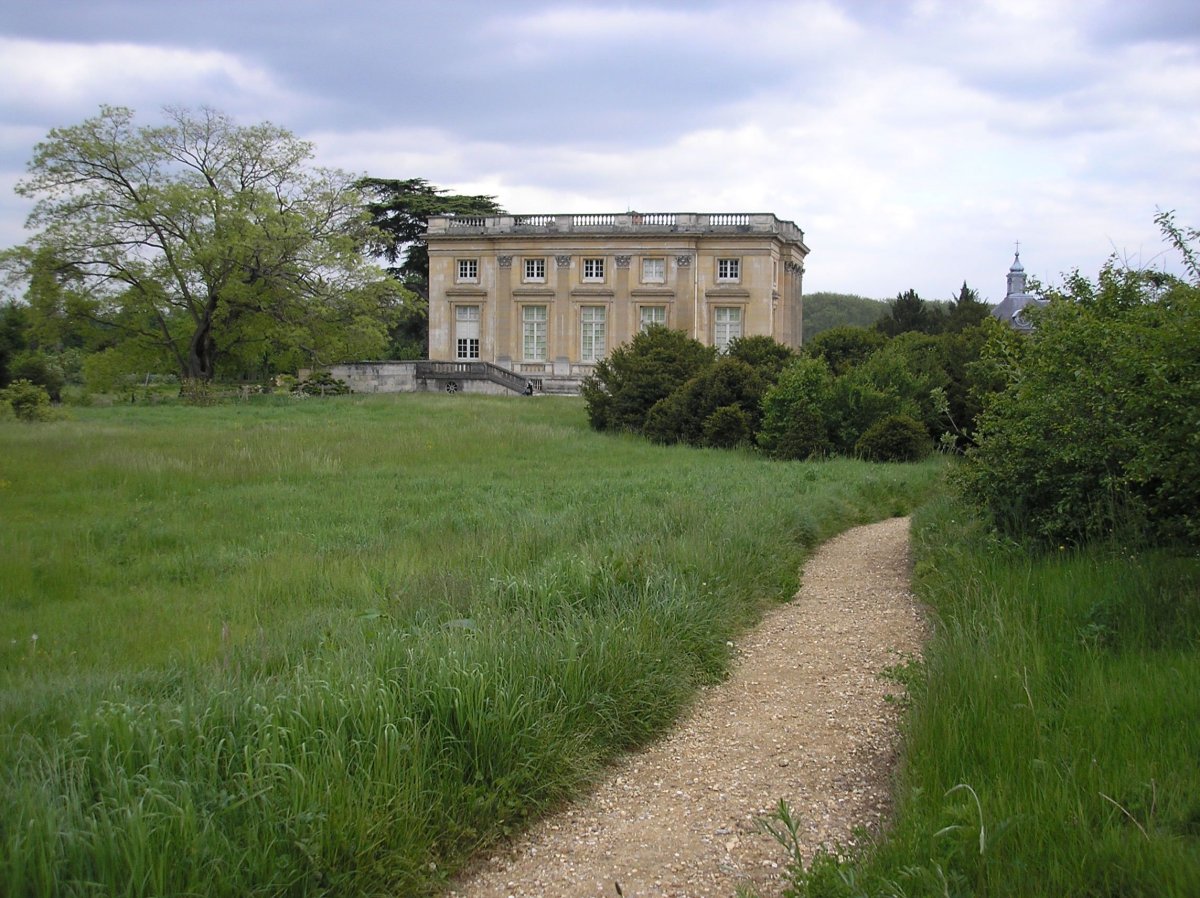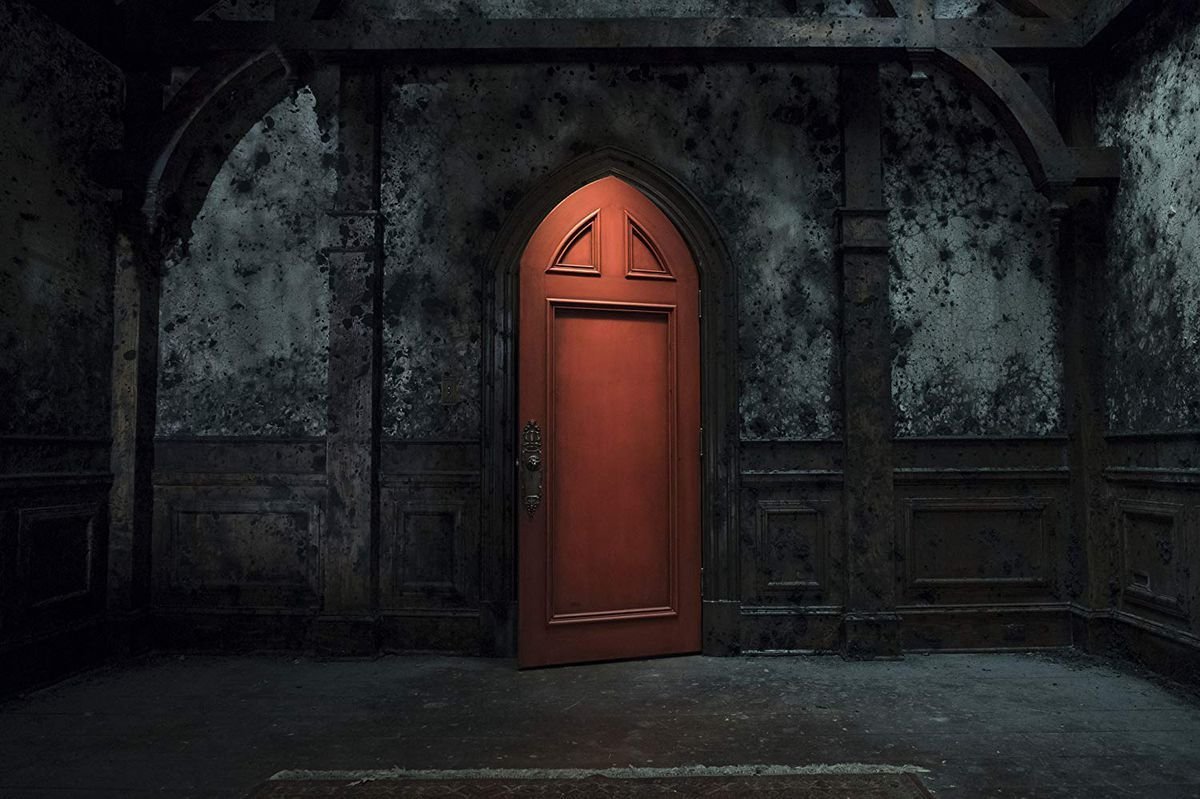New Netflix horror series The Haunting of Hill House is a loose adaptation of Shirley Jackson's 1959 novel of the same title, substantially altering the characters and plot but retaining the novel's tight focus on the psychic disorientation and terror caused by Hill House itself.
In Jackson's original, a paranormal investigator recruits two women who have previously had brushes with the supernatural for his examination of Hill House. It doesn't go well, particularly for Eleanor, who begins to believe Hill House is her true home. Writer-director Mike Flanagan's 2018 version portrays multiple periods in time, following a family of seven from childhood in the house to shattered adult lives. But despite their many differences, both the novel and Netflix series find their foundation in the same themes and same events that first inspired Jackson to write The Haunting of Hill House.
Jackson biographer Ruth Franklin describes the author's interest in the occult, including her large library of grimoires. Her interests in witchcraft were well-known enough to become literary circle jokes, such as the rumor Jackson spread that it was her spellcasting that caused publisher Alfred A. Knopf to break his leg while skiing. Franklin relays the description from jacket copy for Jackson's first novel, The Road Through the Wall: "perhaps the only contemporary writer who is a practicing amateur witch."
But Jackson was just as inspired by more analytic approaches to the supernatural. She was particularly taken with the work of Nandor Fodor, a psychoanalyst and associate of Sigmund Freud best known for investigating Gef, a talking mongoose, and theorizing poltergeists aren't spirits, but telekinetic manifestations of the subconscious. In both Jackson and Flanagan's Hill House, ghosts are spirits, rather than just subconscious projections, but the focus on ghosts as manipulators of mental states, rather than mere chain-rattlers, can be traced back to occult psychoanalysis.
Franklin's biography also details how historical accounts of haunted houses influenced Jackson's work on The Haunting of Hill House. Jackson collected photos of sprawling estates, some of known for their hauntings, like the Winchester Mystery House, others not, including Neuschwanstein Castle in Germany. With Hill House, Jackson's main inspiration was the mystical sway buildings themselves can hold over people, making the haunted edifice itself more important than the ghosts within.
But there is one ghost story that comes closest to being the true story behind The Haunting of Hill House.
According to their 1911 account, titled An Adventure, Charlotte Anne Moberly and Eleanor Jourdain either slipped through time or walked through a gathering of ghosts while touring the gardens of Versailles while on vacation in 1901. Approaching the Petit Trianon, a chateau gifted to Marie Antoinette, the two English women encountered palace gardeners, a mother and daughter in period clothes, a poxed man in a cloak and maybe even Antoinette herself, sketching on the grass. After researching the area's history, the duo became convinced they had experienced a strange variety of haunting and published their account under pseudonyms.

The influence of Moberly and Jourdain's ghostly encounter on The Haunting of Hill House is especially apparent in a scene late in Jackson's novel, when Eleanor (perhaps named for Jourdain?) and Theodora are suddenly blinded "with the light of sun and rich colour," while walking outside in the dead of night.
"Incredibly, there was a picnic party on the grass in the garden. They could hear the laughter of the children … then Theodora screamed."
"'Don't look back,' she cried out in a voice high with fear, don't look back—don't look—run!'"
We never learn what Theodora saw; what snuck up behind them on the wooded grounds of Hill House, while a scene from the past was recreated perfectly in front of them.
More than any particular true story, both adaptations of The Haunting of Hill House hinge on familial turmoil, with their ghosts as as secondary phenomena.
"Each of us dug so deep into our own families and stories to try and inform the show," Flanagan told The Hollywood Reporter. "It had to be about the way every family is a haunted house, and everyone is wrestling with their ghosts from their own childhood and beyond — that echoes through decades. That's what I wanted to explore more of, more than the gothic horror and genre moments.

In Flanagan's The Haunting of Hill House, matriarch Olivia Crain (Carla Gugino) designs the perfect house for her family, but finds her blueprints corrupted by Hill House's evil influence. The idea of home transforms from a positive vision of nurturing and fellowship into a psychic fortress, which can keep out the cruelties of the real world in exchange for your soul.
In Laura Miller's introduction to the Penguin Classics edition of The Haunting of Hill House, she describes Jackson's similar relationship to her own home, which she often described in autobiographical vignettes she crafted for women's magazines. Just like Hill House, her home kept its own counsel. Her daughter heard "a far away voice in the house that sang to her at night." The upstairs attic door "preferred to stay latched and would latch itself no matter who was inside." Jackson didn't seem to believe her home was haunted, but was to some degree persuaded that homes could take on some of the human eccentricities of their owners, leaving an imprint which may endure even after we're gone.
Jackson didn't have a particular true story in mind when she first described "Hill House, not sane," which "reared its great head back against the sky without concession to humanity," but was instead distorting the emotional relationships we have with the places where we're meant to feel safe and ourselves. That truth resonates through the Netflix Haunting as well.
All ten episodes of The Haunting of Hill House are available now on Netflix.
Uncommon Knowledge
Newsweek is committed to challenging conventional wisdom and finding connections in the search for common ground.
Newsweek is committed to challenging conventional wisdom and finding connections in the search for common ground.
About the writer
To read how Newsweek uses AI as a newsroom tool, Click here.








